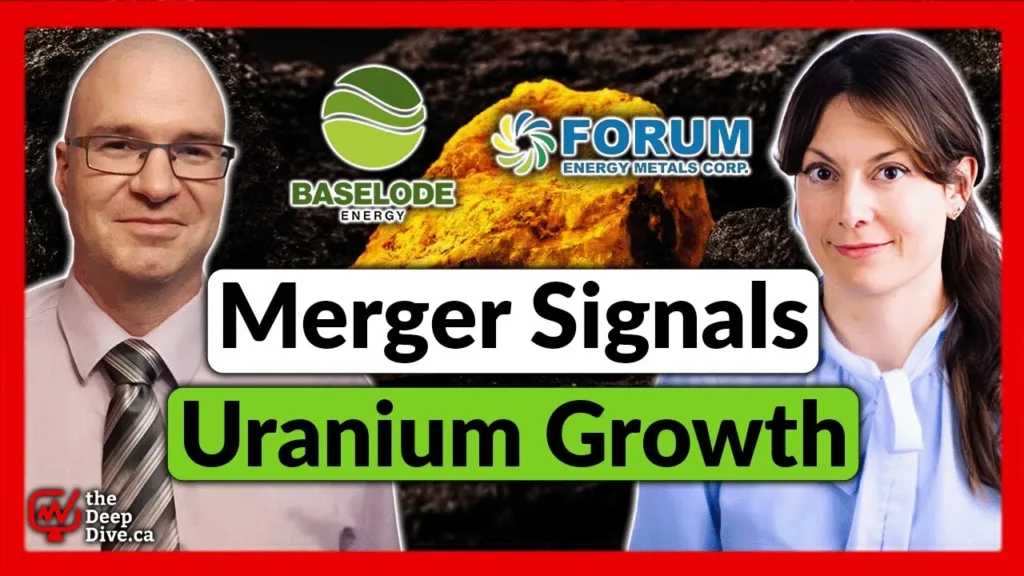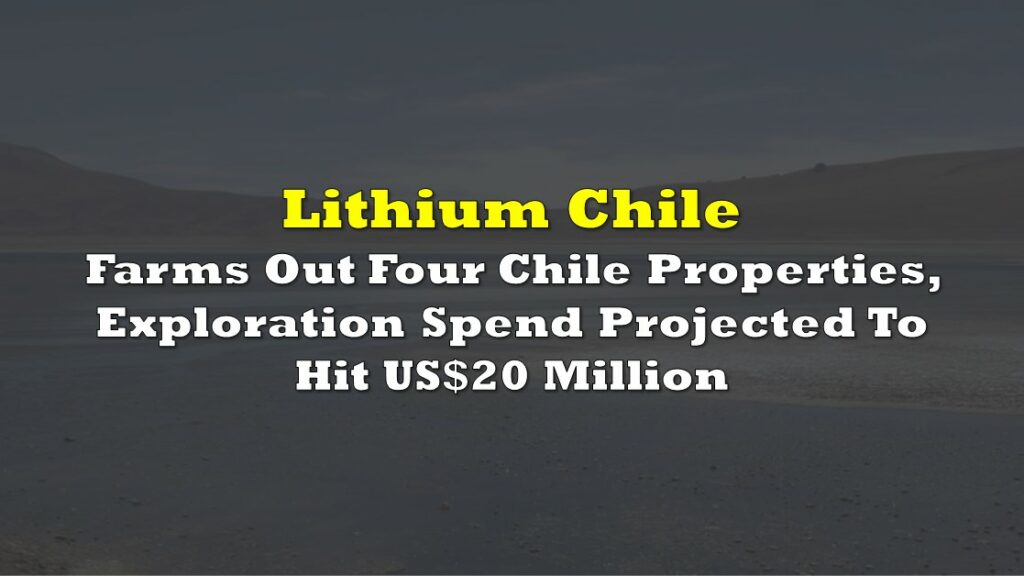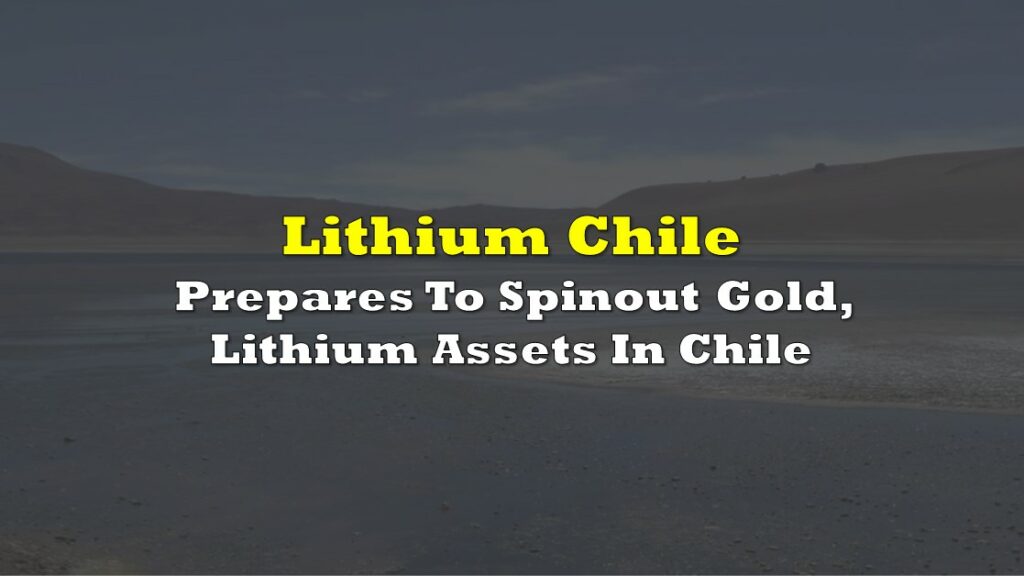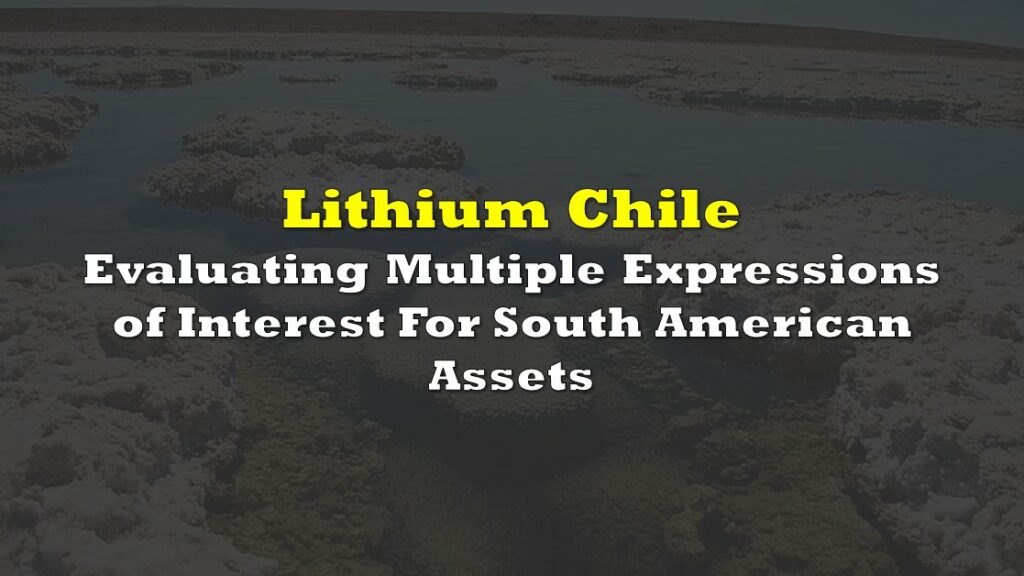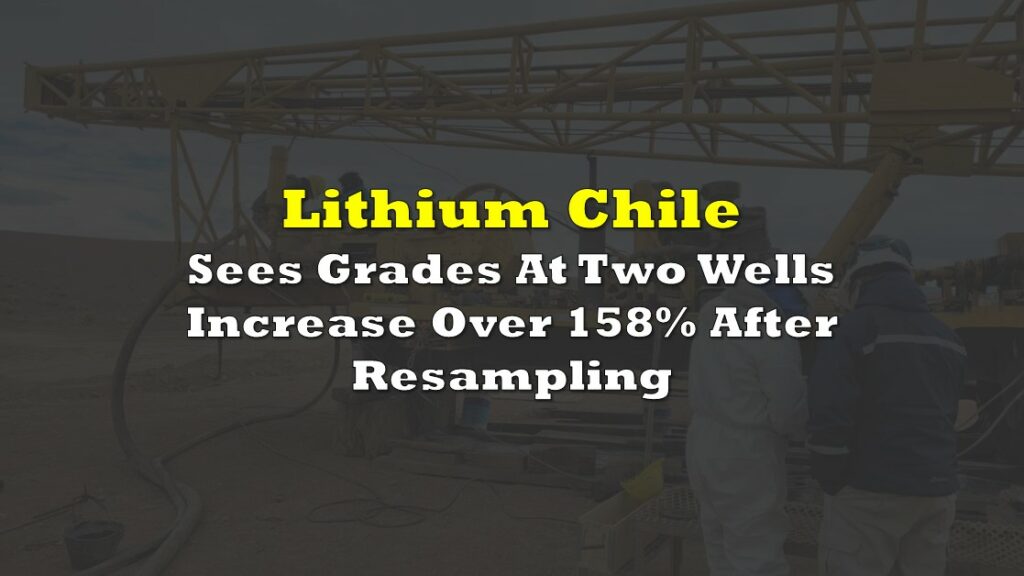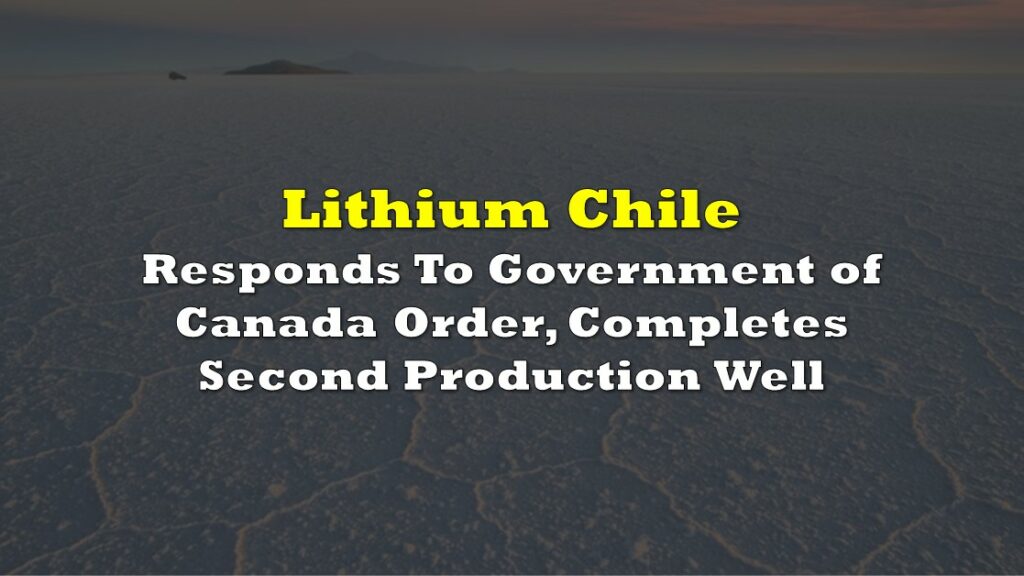FULL DISCLOSURE: This is sponsored content for Lithium Chile.
Argentina, a nation celebrated for its tantalizing tango rhythms, robust Malbec wines, and the enchanting tales of Eva Perón. But beneath the allure of its culture and the vastness of its terrains, lies a mineral-rich secret that has recently caught the world’s attention.
Lithium. This silvery-white metal, vital for our digital age and pivotal for the future of green energy, is pushing Argentina to the forefront of the global stage. The nation’s salt flats, spanning vast areas, are home to one of the world’s largest reserves of this ‘white gold’.
In recent times, Argentina has been making headlines for a wave of takeouts across the lithium landscape.
Recently, adding to this flurry of activity was the audacious attempt by Tecpetrol to acquire Alpha Lithium. With a proposed offer price of $1.48 per share, the deal touched close to $315 million.
And then just a week later, Stellantis swooped in, offering Argentina Lithium & Energy (TSXV: LIT) a US$90 million investment, for 20% of the company, when the market cap the previous day was merely C$30 million. Effectively, a $30 million company getting a $90 million investment at a valuation north of a half a billion.
In the midst of this lithium rush, stands Lithium Chile (TSXV: LITH), with its prime asset not in Chile, but in Argentina. The question on many minds is – could Lithium Chile be the next coveted prize in this Argentinian high-stakes game of lithium poker?
Join us as we delve deeper into the story of Lithium Chile and its promising journey in the heart of South America’s lithium triangle.
Let’s dive in.
The Takeouts In Argentina
Let’s start off with the recent history of lithium takeouts in Argentina.
Now this is kind of long, so I’m going to ask my editor to speed up my speech, so we can get the point across as quickly as possible.
2017 set the stage with NextView’s acquisition of Lithium X, pouring in a sumptuous $265 million and signaling the start of an acquisition frenzy in Argentina.
Fast forward to April 2021, a mega merger echoes in the corridors of the lithium industry. Galaxy Resources and Orocobre unite, bringing forth a massive US$3.1 billion deal.
As autumn leaves began to fall, August witnessed Ganfeng Lithium’s compelling cash offer of £284.8 million, charming Bacanora Lithium into its grasp.

The tempo didn’t slow. September to December showcased Sibanya Stillwater’s half-acquisition of ioneer’s project for US$490 million, followed with Lithium America’s C$470 million acquisition of Millennial Lithium, and the titan Rio Tinto laying down a hefty $825 million for a prized lithium mine.
And in 2022 we saw Zijin Mining’s grand entry, acquiring Neo Lithium for C$960 million and then in August, yet again, Ganfeng Lithium flexed their strength with a massive $962 million acquisition of Lithea Inc. By the end of that year, we witnessed Lithium America’s strategic US$227 million acquisition of Arena Minerals.
Alright editor, go back to my normal voice speed.
So it’s clear at this point, if you have a significant asset in Argentina, the majors are lurking.
Lithium Chile: A Glittering Prospect
Now, Lithium Chile presents a unique and compelling narrative for situational investors.
While the firm boasts of 13 lithium projects in total, 12 of which are scattered across Chile, the true crown jewel of their portfolio is tucked away in Argentina — the illustrious Arizaro Project. This particular asset is not just another plot on a map; it’s a treasure trove, amassing over 3 million indicated and inferred tons of lithium carbonate equivalent.

A sneak peek into the company’s recent PEA uncovers some revealing insights. It displays an impressive after-tax net present value of a staggering $1.1 billion. These numbers rest on the assumption of lithium carbonate prices hovering around the $21,000 per tonne mark.
Yet, what makes Lithium Chile stand out as a tantalizing target for the industry’s major players? It’s their association with foreign giants, such as the investment they received from Chengxin Lithium, to the tune of nearly $35 million with the bulk of that at a valuation premium of nearly 38%. However, as with all intricate tales, this association brought forth its own set of complexities.

In a surprising move a year ago, Canada unfurled a policy that tightened the noose around foreign businesses having a stake in Canada’s critical minerals sector. This move, driven by concerns around “national security,” led to the Canadian government asking three Chinese firms to relinquish their shares in various Canadian lithium outfits.
The policy specifically targeted investments by nations that Canada perceived as “non-like-minded,” hinting at potential geopolitical underpinnings. The implications of this policy echoed in the corridors of the mining industry, with industry titans like Robert Friedland and Barrick Gold CEO Mark Bristow expressing their reservations, fearing it might dent Canada’s competitive edge in supplying battery metals.
However, every cloud has a silver lining. This policy inadvertently bolstered the attractiveness of Canadian companies, like Lithium Chile, for outright takeovers, especially for projects located overseas. In an environment where minority investments are eyed with suspicion, complete acquisitions of robust lithium assets abroad have become the new norm.
Looking at the Comps
For those looking at Lithium Chile trying to assess the value of the Arizaro project, well thanks to Alpha Lithium we have a nice comp chart we can look at (see slide 5 Market Comparables).
Lithium Chile currently sits at around a C$120 million market cap, and has a similar indicated and inferred resource to Alpha Lithium who was recently offered around $315M Canadian for their project.
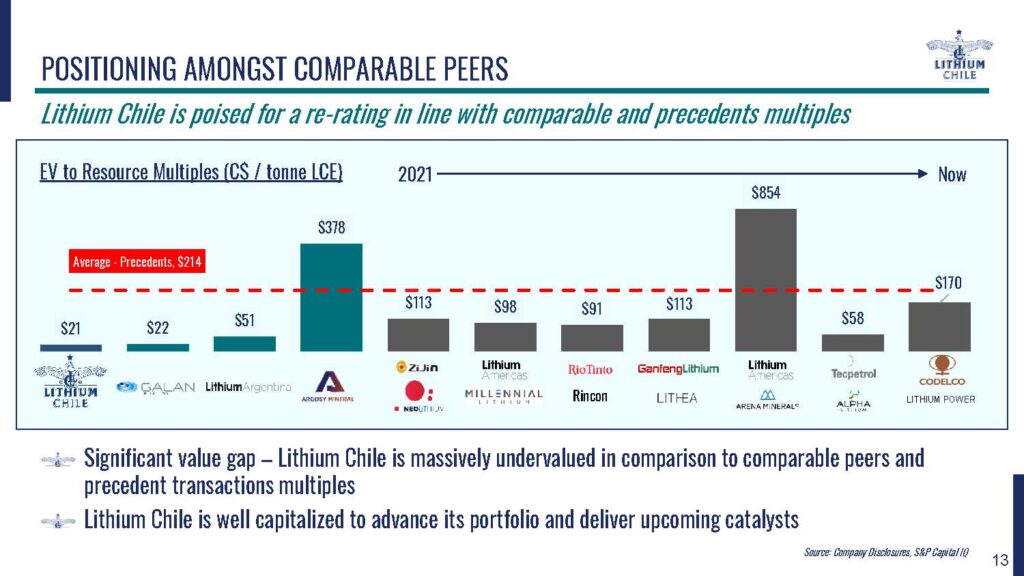
From looking at this comp chart, both Alpha investors and Lithium Chile investors would be looking at Millenial Lithium who sold to Lithium Americas for US$400 million with around 4.9 million tonnes of measured, indicated, and inferred resource and be thinking, “maybe we should be focused on expanding and defining our resource so we can get a higher premium.”
In Conclusion
So let’s wrap it up.
The world is transitioning.
It remains to be seen how close we are to major automakers flipping their switch to being majority electric, but were getting close. And with that, the world will need more lithium. This can be seen by General Motors agreeing to invest $650 million into Lithium Americas, specifically to get an offtake in the Thacker Pass Project.
Still, there is a lot of lithium in the world, but finding projects that can extract it from the ground and sold for economics that make sense, is a challenge.

If you’re looking at a name like Lithium Chile expecting a 10x from here in the near term, you probably are looking at the wrong part of the risk curve. Which I appreciate in such a difficult junior market.
But based on recent comps, acquisitions, and investments in the lithium arena, this is clearly a name that has caught the attention of the majors.
In fact, they’ve already hired advisors at PI Financial to help them explore these types of options. So if you’re looking for the next takeout target, this is name to keep an eye on. The list is short, and Lithium Chile could be taken out or have their major asset taken out at any point soon.
FULL DISCLOSURE: Lithium Chile is a client of Canacom Group, the parent company of The Deep Dive. Canacom Group is currently long the equity of Lithium Chile. The author has been compensated to cover Lithium Chile on The Deep Dive, with The Deep Dive having full editorial control. Not a recommendation to buy or sell. We may buy or sell securities in the company at any time. Always do additional research and consult a professional before purchasing a security.


